We are aware of the potential of the internet, and because of that, you are here reading this article; started on August 1991 world wide web took the world by fire. Spreading across the planet, it was a phenomenon that revolutionized everything. But if we take a walk in some moderately dense forest, you might not know it, but there is a woodwide web beneath your feet that wants to stay hidden until now…
So what exactly is that? We must take our journey from the forest inside the trees to their roots. Dr. Suzanne Simard, a forest ecologist from the University of British Columbia, realized trees were talking with each other.
“But I got more and more interested in what was going on below ground because I figured out that was where the action was.” – Dr. Suzanne Simard.
And she had hit the bullseye because what we see is not always the case. There is a whole world unknown to our existence, and it prefers it that way, hidden in the depths to make the giants stand.
Before this article gets too philosophical or you start yawning, let’s talk about mushrooms. We all know them, love them, and some of us are crazy about them. They come in different shapes, sizes, and places, but the common thing among them is that they are fruits. As per the definition provided by experts, a mushroom is the fruiting body of a fungus. And that’s where the story begins…
Mycelium is a fragile thread of fungus that wraps around the tree roots. For them, it is just a way of getting protection, food, and support. Still, they provide something much more extraordinary in return. A connection, a relation between plants which is the place of incredible events taking every single day.
We might not see it in forests, but forests are connected, providing food, nutrition, and water. Dr. Suzanne said the fungal network in woods exists because fungus needs carbon. Put on your science hats because we are about to go on a scientific tangent. The mycorrhizal (fungal) network serves as a distribution network, keeping mycelium-connected trees alive and healthy and the fungi’s carbon supply consistent. As a thank you for their assistance, the mycorrhizal network retains approximately 30% of the sugar the connected trees produce through photosynthesis. The sugar fuels the fungi, which collect phosphorus and other mineral nutrients into the mycelium, which is then transferred to and used by the trees.
So, in the forest, mycorrhiza covers every step and square of land you cover. But that’s not it; this relationship is an exchange between the fungus and the plant and neighbouring plants, using a fungal network as a conduit. Simard refers to it as “the language of the trees.” She said trees have much to say, and recently, the discovery of “mother” trees—trees that have been there since the start of the forest—has revealed that they send carbon to their young ones. In true parental fashion, favouritism is also observed.
This is much bigger than the world wide web can ever be because it has emotions and stories unfolding. The big family of one forest, separated by distance yet connected by their roots. So next time you visit the forest, just know the whole world beneath your feet is unknowingly helping you in more ways than you can imagine.
References
- A short history of the Web | CERN (home.cern)
- Mycorrhizal networks: how trees talk through the wood-wide web | BBC Science Focus Magazine
- Underground Networking: The Amazing Connections Beneath Your Feet – National Forest Foundation (nationalforests.org)
- The Secrets of the Wood Wide Web | The New Yorker
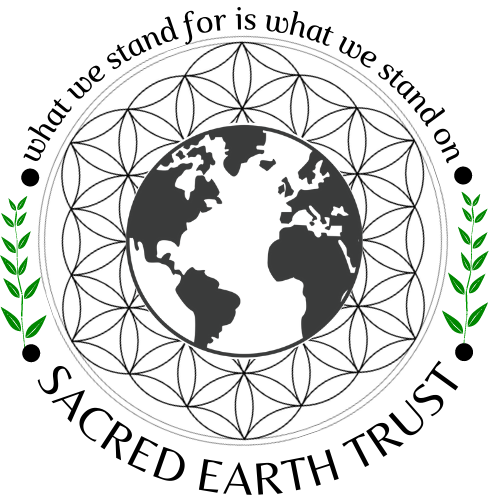
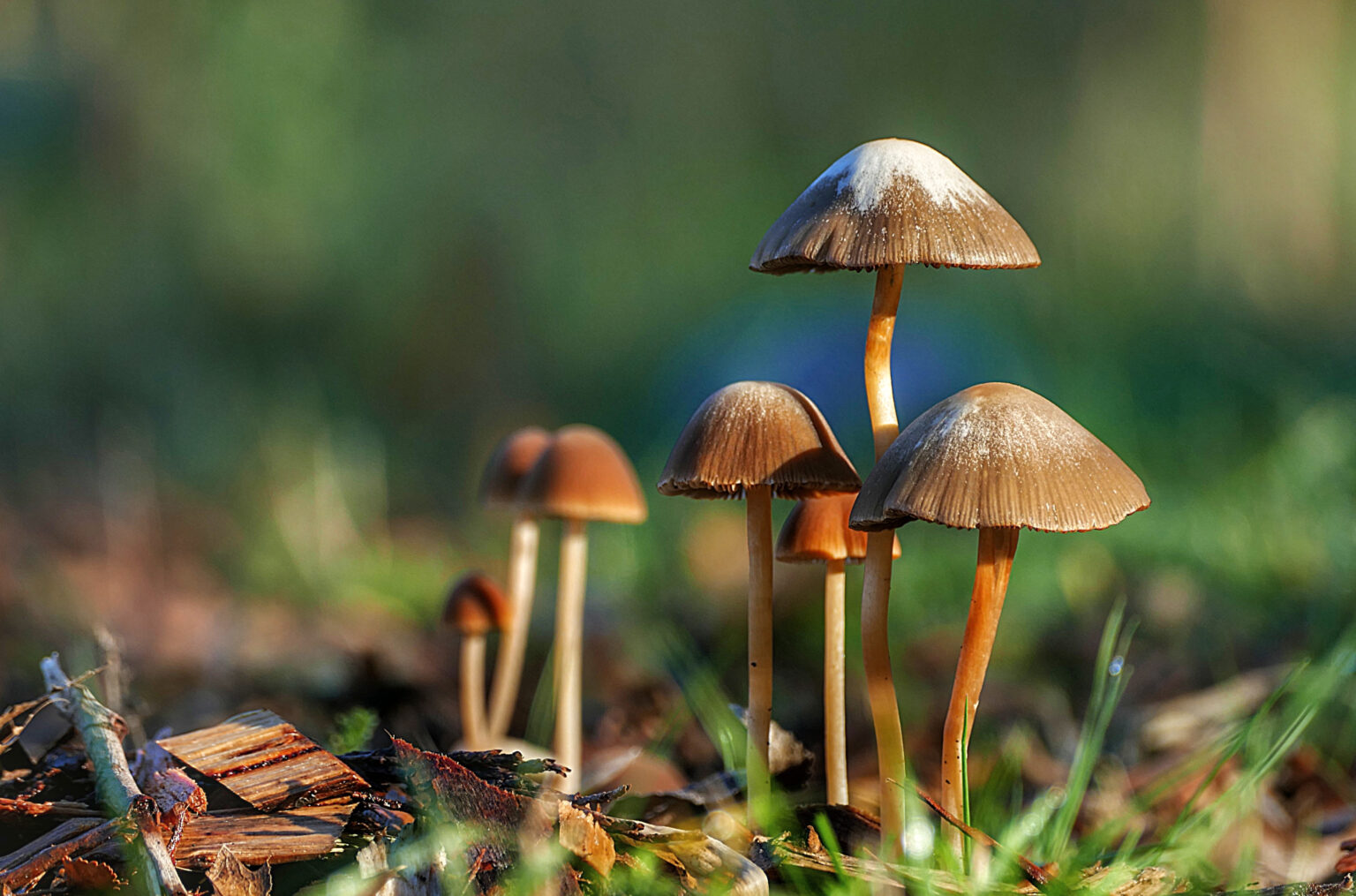
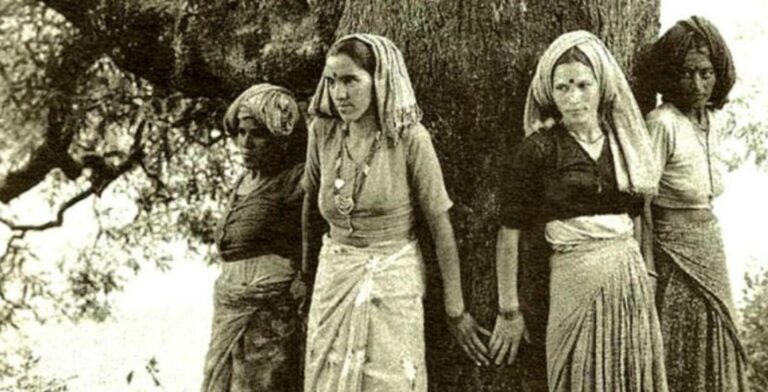
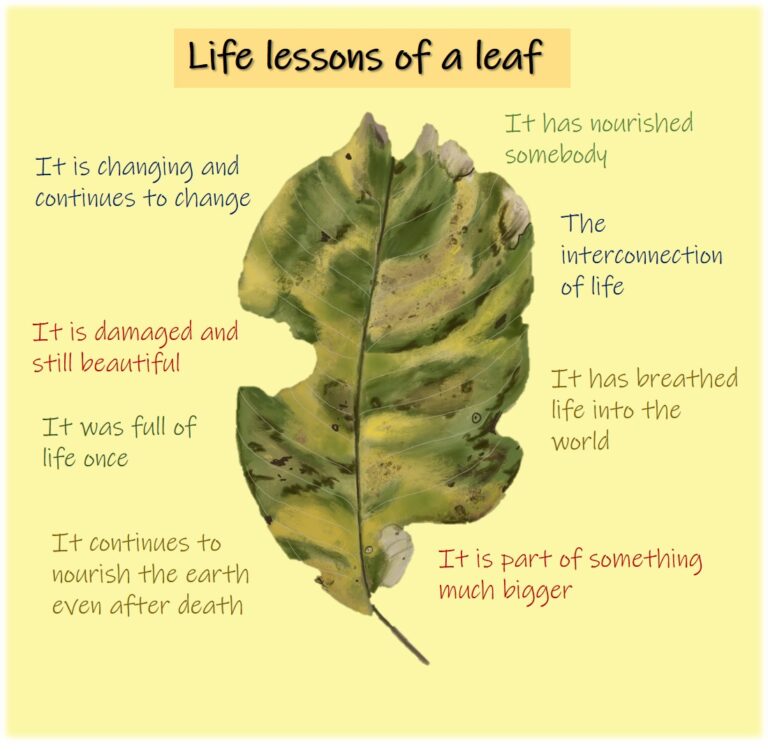
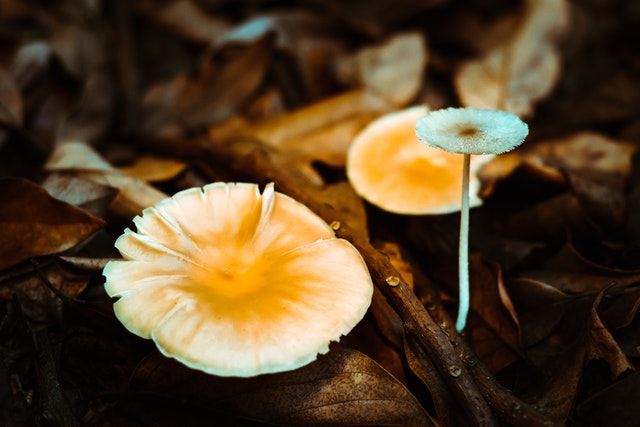
I agree with your point of view, your article has given me a lot of help and benefited me a lot. Thanks. Hope you continue to write such excellent articles.
Thank You So Much
I read your article carefully, it helped me a lot, I hope to see more related articles in the future. thanks for sharing.
Thank You So Much
Thanks for the feedback! That’s an interesting point. I suppose there are many reasons, internal and external, why we do not accomplish all that we might. Regardless, I am thankful for the Lord’s grace in that. Thanks again!